I am trying to use a KBRG 225D regen drive as a dynamometer to apply reverse torque in order to stress my test engine? I am wondering if anyone has experience or guidance? I am not sure how to measure the reverse torque generated by the drive?
-
I presume you can control/monitor braking current, but you still need a calibration for torque vs current. – Tony Stewart EE75 Sep 10 '17 at 22:54
-
I have a current sensor on the terminal of the motor. The thing is, I am not sure how the controls from the drive changes the current? What happen to the current through the current sensor as I vary the control signal to the drive? – Sham leo Sep 11 '17 at 23:46
-
@Sham_leo This comment changes the question substantially. It should be added as a new question, not presented as a comment. This is a question and answer forum, not a discussion forum. You should try to present one complete question in your initial posting. If that raises additional questions, they should be posted as separate questions. – Sep 12 '17 at 12:25
-
@Shamleo Using the motor as a dynamo requires another motor to drive this one, which is not shown in your diagram. If you are try to use it in regen mode then *"By resetting mode jumper J7 to the “TRQ” position, the KBRGTM can be changed from a speed control to a torque control."* Thus the motor response time can be measured with the tach velocity, while you control the braking torque input. – Tony Stewart EE75 Sep 12 '17 at 21:05
1 Answers
If you want to measure torque there are two options.
- Mount the motor housing between two pedestals supported by trunnion bearings. Attach a torque arm to the housing and measure the force between the torque arm and the base with a platform scales or a force transducer.
- Couple the engine to the motor through a shaft torque transducer.
The motor armature current is proportional to torque. You can use that as an indication of torque, but you need to have accurate torque vs. current data for the motor for accurate results. You need data for the full range of operating speeds.
Regarding the comment:
What happen to the current through the current sensor as I vary the control signal to the drive?
As a dynamometer control, the drive must act as a brake. It must provide torque in the direction that opposes the rotation of the engine. To do that the motor must generate current. The controller must limit the generated current to the value that satisfies the torque command. The direction of the current will be the reverse of the direction that would cause the motor to drive the engine to a higher speed. There needs to be some method to prevent the motor from actually driving the engine in the reverse direction since that is essentially what the motor is trying to do. Essentially, the motor controller must have a speed regulator with a zero speed reference that is overridden by a current regulator that has a reference that corresponds to the desired torque.
-
I do have the current vs torque characteristic of the motor. Monitoring the armature current will allows me to know what kind of torque the motor is generating. But i want to know the amount of the stress i am putting on the system by increasing the torque control signal at the drive? – Sham leo Sep 11 '17 at 23:51
-
I don't believe that there is an engineering definition of stress in this context. I am only familiar with stress as deformation of a material in the direction of an applied force. – Sep 12 '17 at 11:58

